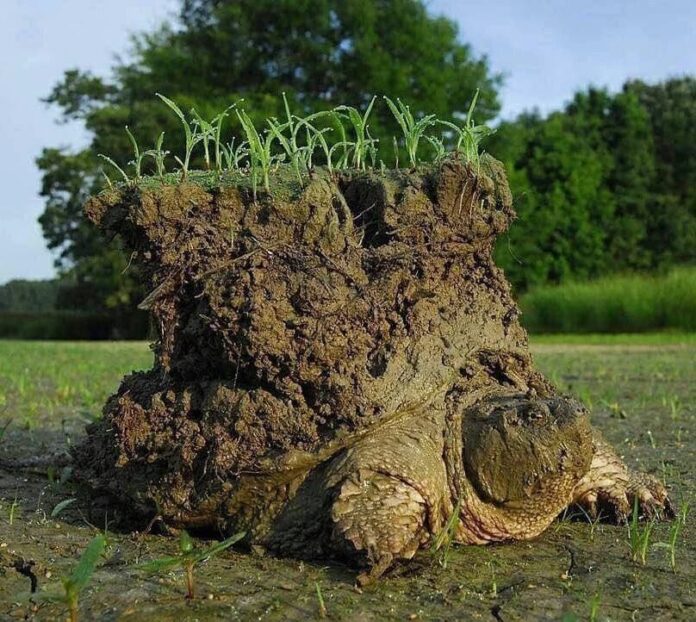You must have heard about estivation and hibernation, but how about brumation? Just like the first two, brumation is a condition or state of inactivity that animals go to in certain temperatures. The difference is that brumation is the slowing down version for cold-blooded animals, specifically reptiles and some amphibians. Because they are ectothermic, they only get their heat from the environment. Brumation is essential to the survival of these animals because they are incapable of raising their body temperatures when seasonal weather changes. You are going to find 5 animals that become sluggish in cold weather below, so take a look.
1Frog
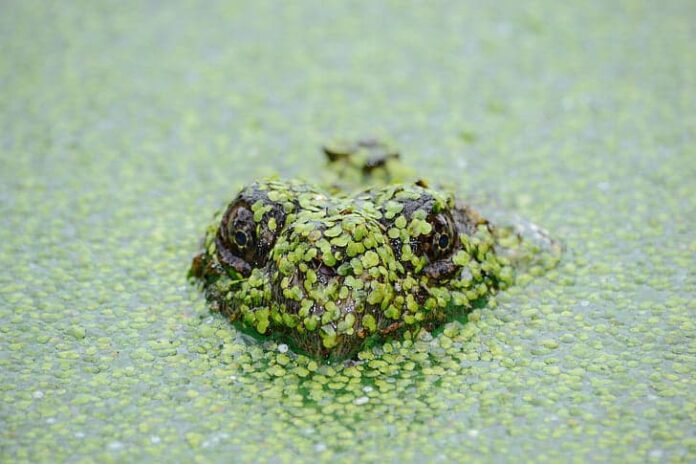
Looking timid and all, frogs are actually one of the most adaptive animals with various strategies to survive. One of them is brumation, the method that they use to survive the harsh temperatures when winter comes. This is why frogs are able to live in pretty much anywhere from the Arctic Circle to deserts and more. Just like hibernation, these amphibians go into their dormancy state by hiding underground to brumate. It could be in burrows or rock crevices where they are able to stay safe and warm in winter. During brumation, some frog species bury themselves deep in mud as their body temperature, heart rate, and respiratory rate drop.
So what are the differences between brumation and hibernation in animals? Hibernators go into a complete deep sleep without going out to find food or even moving at all in winter. Meanwhile, cold-blooded animals will move on warmer days to find water during brumation. Dehydration can put animals that brumate in danger, and this is why they cannot remain dormant throughout the entire winter. This also explains why cold-blooded animals may temporarily break dormancy to drink water or find a sunny spot to bask. There are many frog species that are able to tolerate severe freezing temperatures up to -4 degrees Celsius (28 degrees Fahrenheit). Even more impressive, wood frogs are the only frog species found north of the Arctic Circle, that can freeze solid.
2Lizard
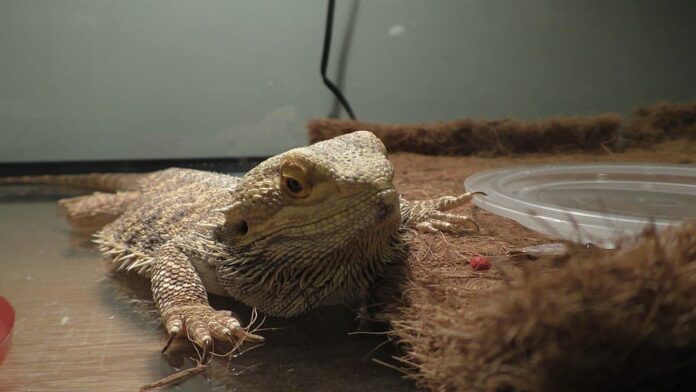
Many new lizard owners freaked out because they were not aware of the brumation habit that their pets have. Lizards such as bearded dragons, geckos, and more are one of the animals that brumate. Their bodies will shut down, and they may not defecate, drink, eat, or move for up to several weeks. Some species will also bury themselves completely underground or go to the darkest and coolest part of where they live in. At the same time, they will not respond to normal stimuli such as poking or prodding at all. Those are actually good reasons for those pet owners to freak out when their pets don’t move.
Lizards brumate in order to avoid cold temperatures and the lack of food and water in their habitats. The unique thing is that different reptiles have their own different ways of brumation. A good example of that is definitely the bearded dragons because they are so unpredictable. This lizard may brumate every year for long periods of time (on and off through a season) or never at all. So why do pet lizards brumate? It is true that they have no reason to brumate, but it is an innate behavior so their bodies simply do it. Brumation is a natural thing, and it is completely safe for reptiles to do.
3Snake
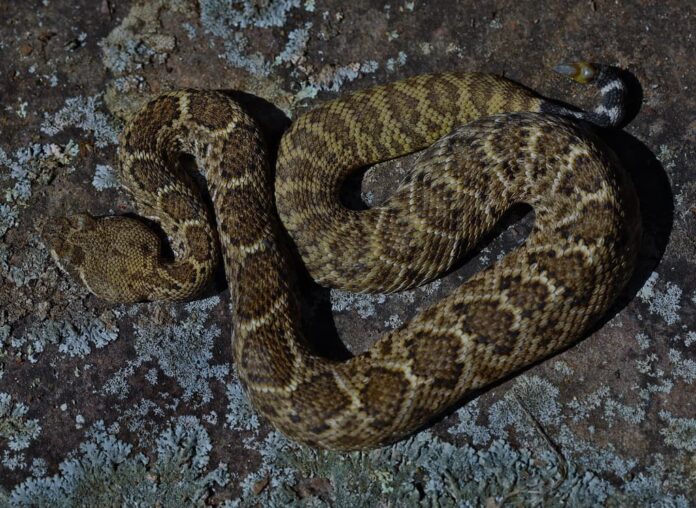
Snakes have no exact duration or timeframe when it comes to brumation, but they take the signs from their surroundings. They know that winter is coming and when to reduce activity by barometric pressure, changes in temperature, humidity, and more. During brumation in winter, snakes migrate to warmer places like dens made by other animals. In the wild, these slithering reptiles bury themselves in caves, deep caverns, or tree stumps. As for snakes that live in cities and suburbs, they crawl into spaces like barn basements, boiler rooms, or even car engines. Because they would go anywhere to keep warm, some venomous species could be a danger or threat to the residents.
Before winter, snakes will eat more to build up fat as well as high levels of glycogen. Glycogen is a form of sugar that snakes use as energy for their muscles which they rely on to survive. At the same time, their fat reserves play an important role in the mating activity, reproduction, and supporting egg development. Just like other animals that brumate, snakes will find the opportunity to come out if the weather is mild. They will not go far from their hiding spot, they will just need to bask and drink water sometimes. Then they will go back to their extreme metabolism slow down and remain lethargic, waiting for spring so that they can venture again.
4Tortoise
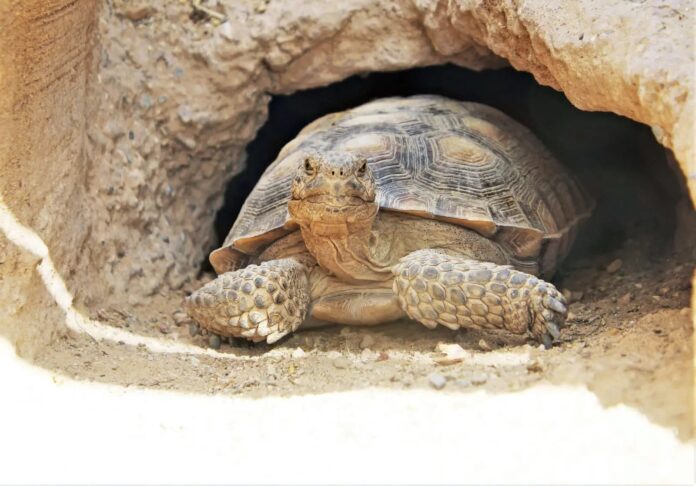
Tortoises know that winter is close when cold nights of autumn start, causing them to get ready for brumation. Many tortoise species enter a state of torpor in order to deal with unfavorable conditions in cold temperatures. Tortoises are not able to reach optimal digestive temperatures during the coolest part of the year, so they become less active. By remaining inactive, they are able to reduce their risks of losing too much weight in winter.
During brumation, tortoises simply rest so they will not burn their calories at all. However, they are still able to emerge from their burrows to bask and drink water from a puddle. Not all tortoises can make it through brumation because it is not completely safe for them in the wild. Things like deep frosts, flooding, and rodent attacks that they are exposed to are fatal to them during brumation.
5Turtle
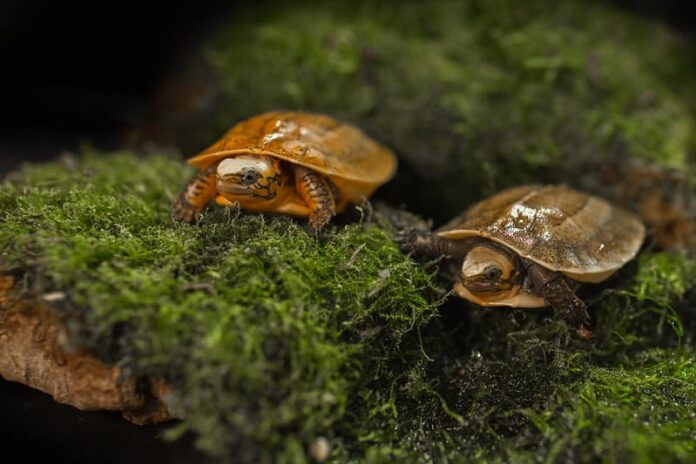
Do aquatic turtles brumate? Yes, they do, and in a very cool way as well. During brumation, turtles submerge in the pond where the water temperature is above freezing with ice on top. Turtles are able to do so because they have this special ability: breathing through their butt. As one of the cold-blooded animals, a turtle’s body temperature is the same with the temperature of its environment. The cool part is that turtles have a slow metabolism in cold water which benefits their chance of survival. The colder it gets, the slower their metabolism gets which also means less energy and oxygen demands.
Freshwater turtles brumate in either lakes or ponds because the water temperature there remains stable over the winter. This also means sitting in that water allows them to maintain a stable body temperature as well. On top of that, turtles rely on stored energy and uptake oxygen from the pond water. This special ability allows them to get enough oxygen to support their minimal needs without using their lungs. Painted turtles and snapping turtles are able to tolerate stressful situations where oxygen is scarce for up to 100 days. However, there are a few turtle species that cannot survive freezing temperatures. For example, adult box turtles cannot survive having ice crystals in their bodies in freezing weather.
Related Post: Animals That Hibernate In Winter

